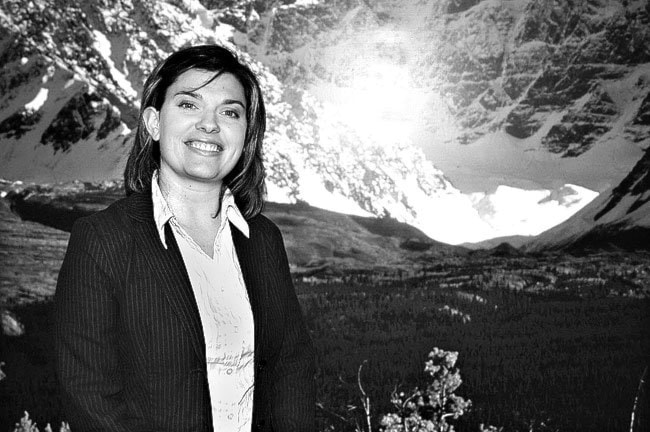Living in the North required something the early Mounties themselves did not possess: Inborn knowledge of the land, the local game and the landscape, and how to travel long distances in all conditions of snow.
Over time, the early Yukon Mounted Police gradually acquired some of this wisdom, but this could never equal the knowledge and experience of their First Nation guides and special constables.
“The First Nations became an important part of the police support system,” wrote Helen Dobrowolsky in Law of the Yukon.
“The knowledge and support of guides and special constables meant the difference between life and death on the trail.”
The Lost Patrol tragedy, which cost four men their lives in the winter of 1911, was testimony to the fact that having a First Nations guide as part of a Mounted Police patrol team was essential, rather than optional.
After the first part of their journey, Insp. Francis Joseph Fitzgerald dismissed the patrol’s First Nations guide, Esau George.
His blunder is considered one of the primary reasons Fitzgerald’s patrol became lost.
This fact was not lost on the Mounted Police; patrols never travelled without a First Nation guide again.
In fact, Sgt. W.J.D. (Jack) Dempster engaged the services of First Nation guide Charles Stewart to lead the patrol that searched for Fitzgerald and his men.
Over the years, the Dawson-McPherson patrols were aided by many special constables.
Though the first Mounted Police came to the Yukon in 1895, they did not hire local people as guides and special constables until 1898.
Integral to every great Yukon Mountie story for decades later is a First Nation guide or special constable.
“Back in those days ... the relationship between the Royal Canadian Mounted Police and the people of the North was very hard to beat, it was non-paralleled,” Jim Hinkling, a 35-year veteran of the Royal Canadian Mounted Police, told the MacBride Museum in 2006.
Hinkling, who retired in 1986, spent much of his career in the remote North, including Kalumet, Herschel Island, Alaska and Aklavik, NWT.
“(The northern people) were certainly great people and, yes, kept us from making silly mistakes. Yes, there was no such thing as walking out on thin ice as long as they were with you.”
First Nations also supplied the Mounted Police with suitable clothing for surviving Yukon winters, including parkas and mukluks, and snowshoes appropriate for breaking trail through deep snow.
First Nation trappers’ cabins became sites for police caches and patrol layovers, and First Nation hunters often provided police patrols with impromptu, fortuitous supplies of game that often staved off starvation for the policemen and their dogs.
In the late 1960s and through the 1970s and 1980s, the RCMP actively recruited special constables in all Yukon communities. The program was phased out in 1990, when the special constables were sent for additional training in Regina and brought back to the Yukon full-fledged constables of the Royal Canadian Mounted Police.
On Thursday, May 20 at 1:30 p.m. former Royal Canadian Mounted Police officer and Yukon Ombudsman Hank Moorlag will give a presentation on the important relationship between early Yukon Mounties and Yukon First Nations people.
The presentation is free and will take place at the MacBride Museum of Yukon History. All are welcome to attend.
This column is provided by the MacBride Museum of Yukon History. Each week it will explore a different morsel of Yukon’s modern history. For more information, or to comment on anything in this column e-mail lchalykoff@macbridemuseum.com.
